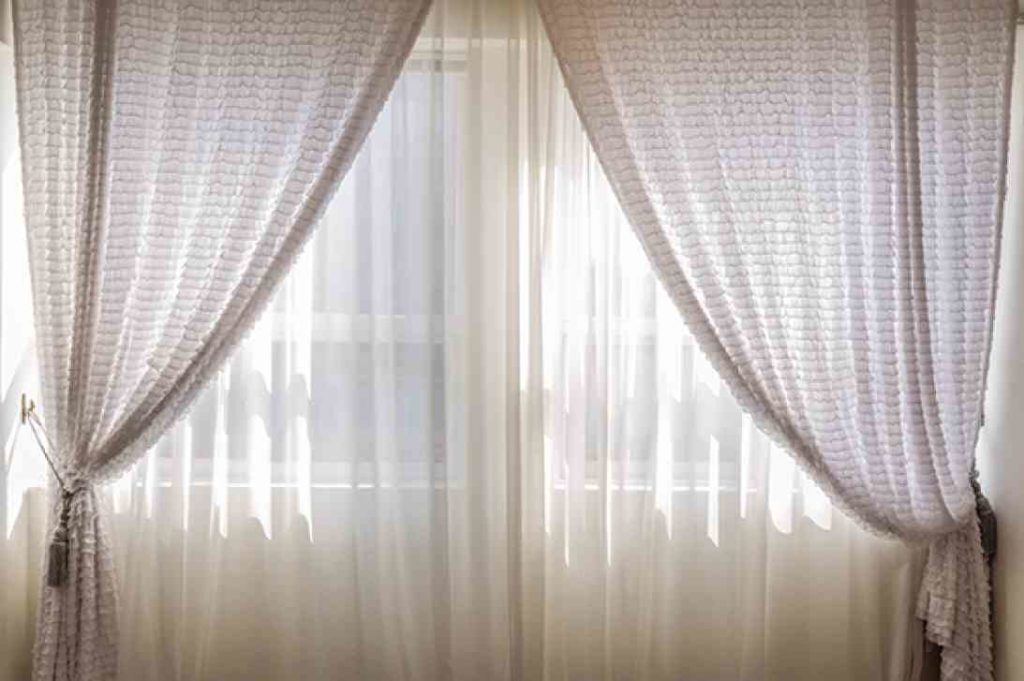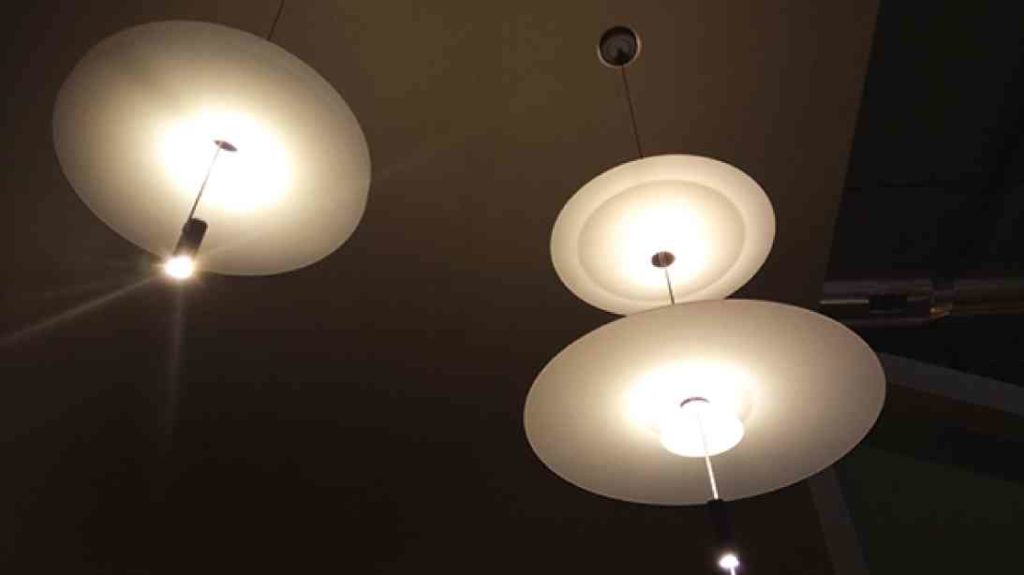Beat the heat in high rise living

Light colored curtains help reflect the sunlight.
Airconditioning is both the boon and bane of high rise living.
On one hand, it provides much needed relief during hot summer days and windless nights. On the other hand, it can also lead to staggering electrical bills at the end of the month. In a fixed space, how can one find a balance between the two? Is there a way to manage one’s cooling needs without breaking the bank?
Passive cooling focuses on managing heat in spaces with little or no use of mechanical systems. While you may need that airconditioner from time to time, reducing its use will help you lessen your consumption.
As technical as it may sound, the concepts behind this strategy are simple enough to do with little costs involved.
Choose well-located units
Article continues after this advertisementIf you are still in the process of selecting your high rise home, consider its location.
Article continues after this advertisementUnits facing the west get much afternoon sun while those in the east harness morning sunshine. South-facing ones have direct sunlight at noon time while those in the north barely receive direct sunlight at all.
In selecting your space, consider what time of the day you will actually be at home to maximize the benefits. It would be wise though to still get some access to natural sunshine to save on your lighting.
Surrounding spaces of your unit can affect wind patterns.
If your building is well-surrounded by structures towering above it, your unit space will most probably be warm. A landscape frontage is worth the cost because trees provide shade and wind. A unit facing a body of water is probably the most ideal because the water naturally cools passing wind.
Get the right kind of shades
If you just want to make your existing unit cooler, getting the right kind of blinds or curtains is important.
Light-colored shades reflect back sunlight while dark ones absorb it. Installing blackout shades are great if you want to keep the sun out most of the time. This type of shades is best in nurseries or bedrooms.
It is also helpful in office or media spaces where you want to keep glare on monitor screens to a minimum.
Switch, relocate light sources
Did you know that incandescent bulbs only use about 5 percent of its energy consumption for lighting while the rest are emitted as heat? Some even use less, making the fixtures pretty much a major heat source.
It would be wise to replace incandescent bulbs with light-emitting diode (LED) light sources. Though these alternatives may initially cost more, their prolonged lives and energy efficiency help you save in the long run.
Even with the use of LED light sources, your unit will remain hot if your lights are too close for comfort. Suspended lamps are beautiful and eye-catching, but they emit much heat especially if they hang too low.
A general rule of thumb is that suspended fixtures should hang well above the standing height of the tallest resident of your unit. If you really want low-hanging lights, you can place them in room corners instead.

Suspended lamps are great sources of heat if hung too low.
Encourage cross ventilation
Wind moves similar to water. You need to provide an inlet and outlet for the wind to circulate within the room. A single window is not enough to let the air inside your living space.
At best, opening windows on opposite walls allow the wind to pass right through your home.
Ceiling fans can likewise help spread the passing wind around your space. It also encourages hot air to rise upward and leave your room through your open windows. Use them together with your airconditioners to quicken the spread of cool air in your room.
Maximize airconditioners
At the end of the day, when the heat remains unbearable despite your best efforts, airconditioning might be your last resort. While using mechanical sources imply additional electrical expenses, you can still save on these by knowing where and when to use them.
Airconditioners are best located away from heat sources, such as televisions. As these detect the temperature in the immediate vicinity, you can save by moving your machines away from appliances that emit heat.
Programming your thermostats will also help reduce your bills even with your machine use. Set back the temperature if you are going to leave or sleep for a while. This will allow your room to remain cool while limiting energy consumption.
Overall, natural ventilation is still the best way to cool at home, even in high rise spaces. It’s free and relatively unlimited if you know how to invite the wind inside your home.
Airconditioning is an effective alternative, but should be used sparingly especially for those who wish to save.
Living in high spaces need not entail high costs of living. When it comes to cooling your home, it pays to go natural by opening your windows first. (References: www.eartheasy.com; www.e-education.psu.edu)
The author is a licensed architect who studied abroad and currently works for DSFN Architects. She lives in a high-rise unit and combats hot nights by opening windows and downing a cool drink.